USA-Triathlon Website Blog

ALL GOOD THINGS MUST COME TO AN END
This column is about three “farewells” in our sport for me: from racing, from writing books about it, and from writing for USA-T, in this particular format, at any rate. Only this last one is taking place now. So, let’s deal with the first two first. For long-time followers of mine, very little here is new, but doing it here gives me a chance to think my life in triathlon and what the sport has done for me, in one place.

MY LAST RACE
As it happens, the last race in my 36-year career in tri/duathlon occurred on the same course as did the subject of the previous column in this series, “My First ‘One More Tri’ Duathlon.” It took place just about two years after that one, in September, 2018. But it took me almost an hour longer to complete the course than it had done the first time (and I had been pretty slow on that occasion!). While I did not know at the time that it would be my last race, but I suppose that there was a message in there somewhere.
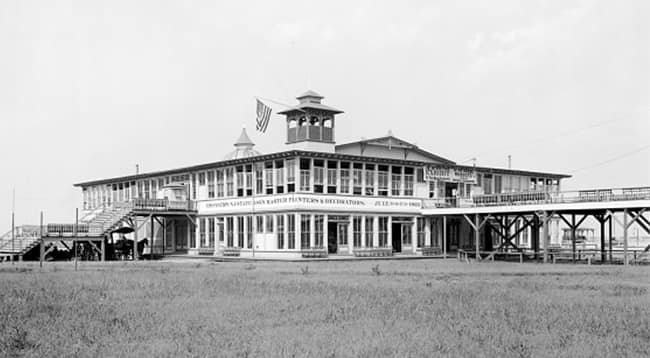
MY FIRST “ONE MORE TRI” DUATHLON
Of course, all the races that I have written about in this series were special for me. But this race (the first of the two that I did in this series) was extra-special, partly because of where it is held. First of all, the “One More Tri” triathlon/duathlon series is run in Asbury Park, New Jersey (although this year all the races will be relays and they will all be done virtually). Why is Asbury Park special for me? Well, if an event that took place in 1907 hadn’t taken place, I wouldn’t be writing this column.
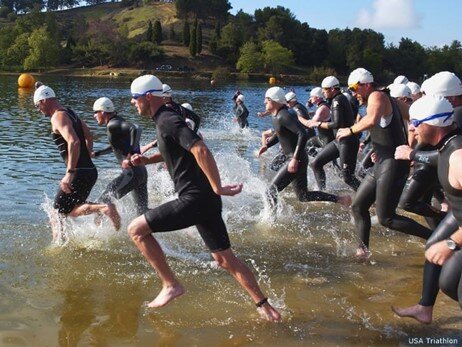
THE NEW JERSEY STATE TRIATHLON
The New Jersey State Triathlon is a set of two races that have been held since 2006, usually on the third weekend in July. Set in Mercer County Park outside of Princeton, NJ, the series consist of a sprint held on the Saturday of race weekend and an Olympic-distance event held on the Sunday. Michele Redrow of CGI Racing, Founder and Co-Race Director for the NJ Tri., is a special person and a good friend of mine.
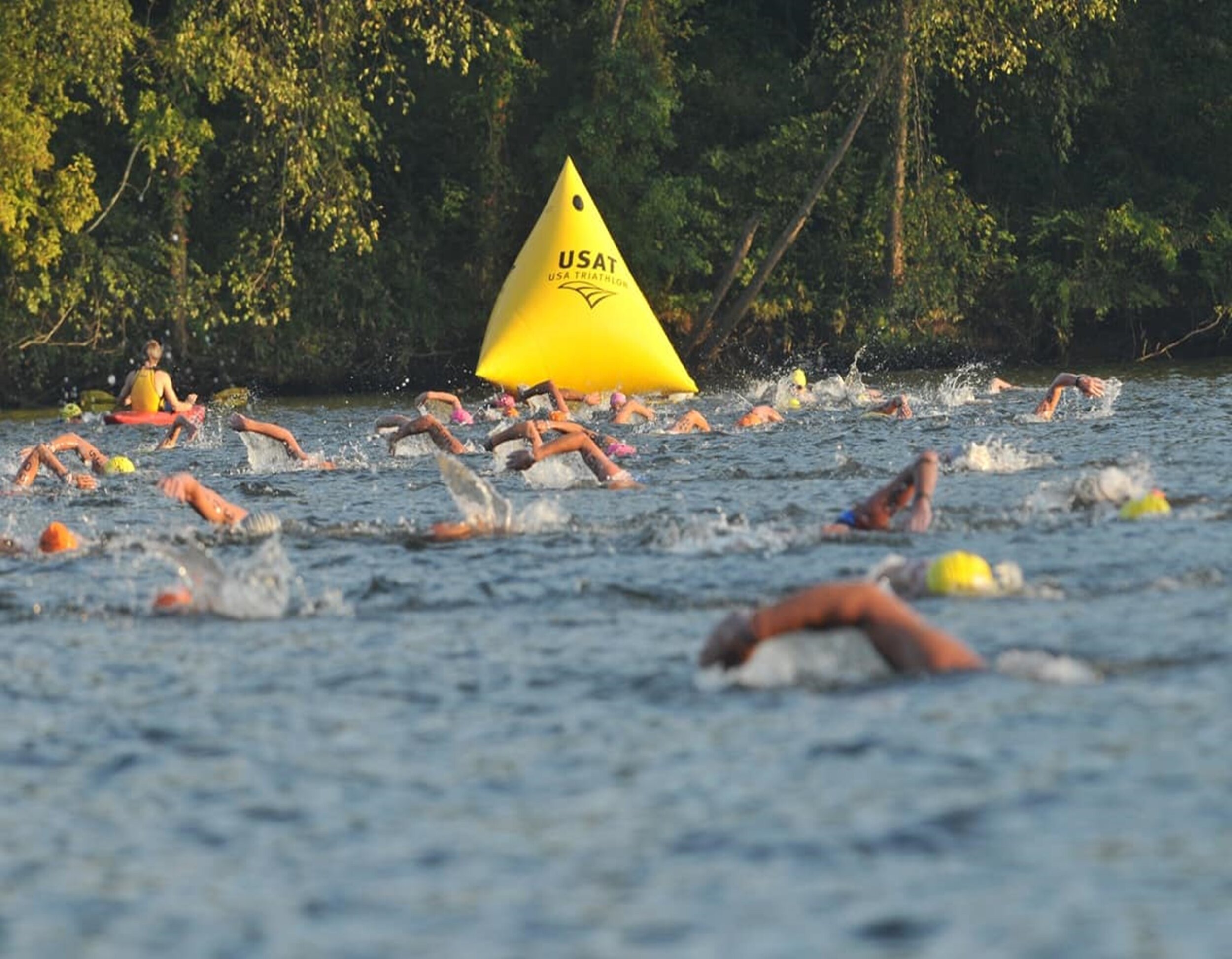
A USA-T NATIONALS WITH AN “UPHILL SWIM”; AND THEN TWO MORE NATS. AT THE SAME TOWN
Tuscaloosa, Al is a College Town, actually an ALL-CAPS college town. It is the home of the University of Alabama, so much so that that the local bus line is named with a play on the nickname for the school’s teams, The Crimson Tide (you may have heard of it[!]). The bus line’s name? The Crimson Ride. As is often the case with USA-T Nationals, two were held there on consecutive years, 2009 and 2010. I was privileged to go both years. It was in the 2009 USAT Olympic-distance Nationals that the “uphill swim” of this column’s title was held. Of course, we did not actually swim uphill. It’s just that for many of us, it sure felt as if we were.

MY FIRST TWO WORLDS
In this column I am reminiscing about my first two triathlon age-group World Championships. World Championships, you say? Well in our sport if you stick with it for long enough you have a very good chance of getting to a Worlds, even if you are slow, like me. That is because at our Nationals there are (or at least used to be) 16 slots-for-the-Worlds for each five-year age group. On September 2, 2006 I crossed the finish line at the International Triathlon Union Age-Group World Championships at Lausanne, Switzerland, my first Worlds finish. Did it take me a long time, both on that day and over time? It surely did. I was the last finisher in my age group (male 70-74). And it was a long journey from the days of my youth when I was invariably the last to go in “choose-ups” for any sport. But I made it, 24 years after finishing my very first triathlon. So how did I get there?

“The New York City Triathlon “
Over the 36 seasons that I did multi-sport races there were several different events held that had the title “New York City Triathlon.” But there was only one that could be called “THE New York City Triathlon” (at least in my view). That was (and still is) a fantastic Olympic-Distance race with the Transition Area in Riverside Park south of the 79th St. traffic circle; the swim in the Hudson River (the start when I did it at about 95th St.; the start has varied); the bike on the Henry Hudson Parkway up Upper Manhattan’s West Side, across the Henry Hudson Bridge into the Bronx, up to the turn-around on Moshulu Parkway, and then back down to the Transition Area; and then the run, up a steep hill to get out of Riverside Park, across 72nd St. to Central Park, and then the rest of the 10k. run which went all the way around the Park Drive to the finish on the 72nd St. transverse. Once it got underway, it became the most popular race for foreigners to come to, after the New York City Marathon.

THE MIGHTY MONTAUK, 1999:” MY “100TH” RACE
In June, 1999 for the third time, I set out to do the “Mighty Montauk,” held at (wait for it) Montauk, N.Y. at the very Eastern tip of the South Fork of Long Island. But this one was special. First, I was accompanied by the woman, the lovely Mrs. Chezna Newman (RIP), who would eventually become my wife (we had just met about 1 1/2/years previously), and second, this race would be what I thought would be my 100th (see the end of this column for which one it really was). Yes, this race was special for me in those senses. But it was also special for me in that it was the third time I would be doing it. As well for the race itself it was special for it was a very early tri. for the country and for New York State’s Long Island, for it was founded the same year, 1982, as the Mighty Hamptons, which had been my very first race in 1983 (see in this series, “My First Race”).

'THE GREAT FLORIDIAN:’ MY LAST IRONMAN
After I did my first ironman-distance race, the Bud Light (Cape Cod) Endurance, in September 1985, I then did it (and finished it) again, in September, 1988. In August 1990 I went out to California to do the Vineman Triathlon (with the bike through the glorious Napa and Sonoma Valleys, now partially destroyed by the global-warming-related forest fires of recent years). After a really cold river swim and getting up a really steep hill at the beginning of the bike, I had fun in that race (even though I didn’t finish it). For example, at about mile 60 one had to stop for a traffic light(!). I did arrive when it was red, but unfortunately it changed to green very quickly. I remember remarking to the cop who was stationed there that it would have been nice if it had stayed red for just a bit longer.
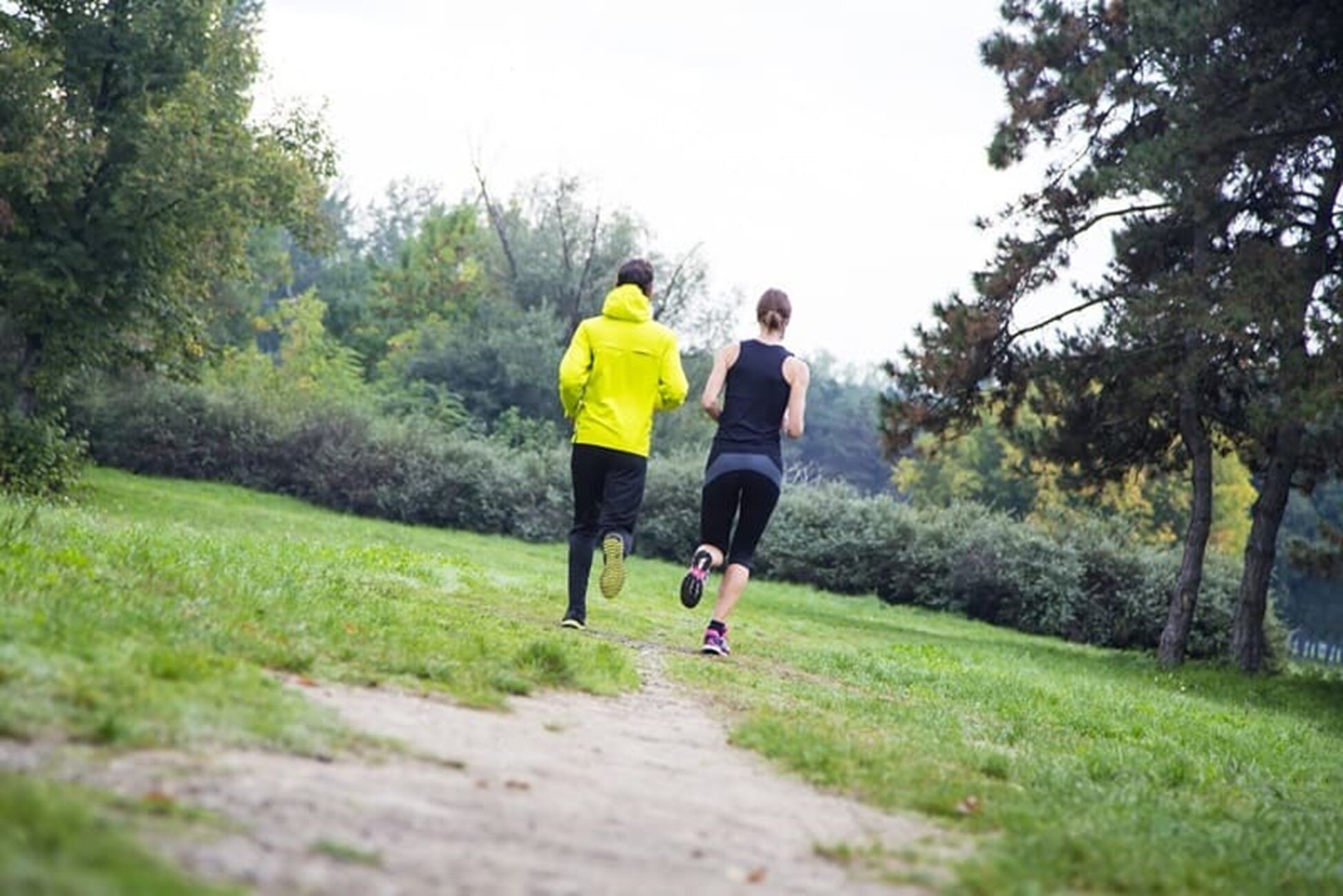
THE CENTRAL PARK TRI
Central Park, which is more or less in the center of New York City’s borough of Manhattan, is one of the world’s great parks. I am lucky enough to have visited/spent-some-time-in several of the others: Brooklyn, New York’s Prospect Park; London’s Hyde Park/Kensington Gardens and The Regent’s Park; Paris’ Bois de Boulogne and what can be considered a park, the open-to-pedestrians banks of the River Seine that runs through the center of the city; the Villa Borghese Gardens in Rome as well as the Roman Forum at which you can walk where the Republic’s and then the Empire’s famous rulers strode so many centuries ago.

MY FIRST IRONMAN
1985 marked my third season in our sport. In 1984, I had done 6 tri’s and du’s, including 3 tri’s at about what we now call the Olympic distance (1.5k swim, 40k bike, 10k run). They brought my career total of multi-sport races to 8. I had also done the Long Island Half-Marathon in the spring and the Marine Corps Marathon in the fall (of 1984). And for some reason that I certainly could not place now, as I went into the 1985 season, with that little race experience behind me, I started thinking about going longer.
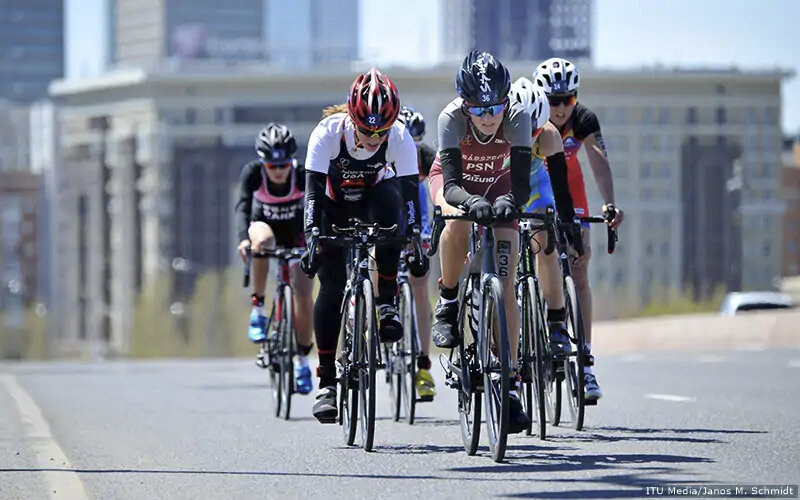
My First Biathlon
Yes, biathlon. That’s what the Run-Bike-Run events were called back in the early days of the sport. The name remained the same until 1996, when triathlon was accepted as an Olympic sport. (The first Olympic Triathlon was held in Sydney, AU, in 2000.) Since there is an Olympic Winter Sport called biathlon (that is, cross-country skiing and target shooting) a name change was required. The International Triathlon Union simply changed the prefix from Greek to Latin. And our version became Duathlon.

My First Race
Talking Tri-/Duathlon for Ordinary Mortals®: A Series, No. 61, My First Race. 2020/09
Over the years since I did my first triathlon, on September 17, 1983, I have done many local races. And at them, in the transition area before the race, I have often called out, “Is anyone here doing their first tri. (or du) today?” Usually, a small group of first-timers would gather round. One piece of advice that I always gave them was “remember today, for you never again will do your first tri- (or du-) athlon.” As you will note below, since that day I have done 256 tri’s and du’s. Surely, I do not specifically remember more than a handful of them. But believe me, I do remember that first one, very well.

IT’S BEEN QUITE A RIDE
As the title says, it’s been quite a ride for me in the sport of triathlon. Formerly a non-athlete (except for downhill skiing, which I took up at age 22), I did my first triathlon at the age of 46, on September 17, 1983. For those of you who have been following my writings on the pages of the USA Triathlon Blog (and before that in the original version of the magazine), you know that my career in the sport is winding down. In fact, it may have already wound down completely. Due both to COVID-19 and other factors, I have not raced this year. But I won’t know that for sure about that until next season, when, all else being equal, I plan to give it another whirl. And so, over the course of the next year or so, with the kind permission of my Editor for this space, Tom Lenneberg, I am going to reminisce about 10 of my favorite races, out of the 256 tri’s and du’s that I have done over years.

Ordinary Mortals: Who is a Real Triathlete?
In a recent column in the Spring 2019 issue of USA Triathlon Magazine, our CEO Rocky Harris commented on the new, growing relationship between USA Triathlon and IRONMAN.
Overall, this new relationship is going to be very positive for us and the for the sport. At the same time, we do have to deal with the perception held by some, both inside the sport and outside, that the only “real” triathlon is an IRONMAN.
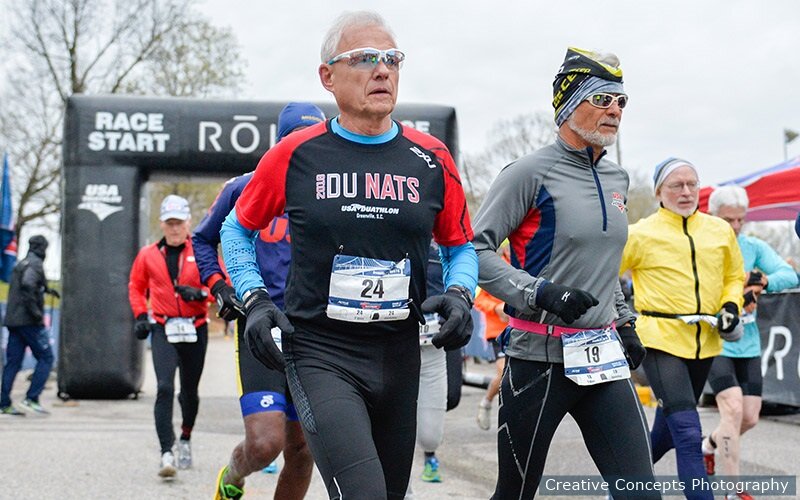
You Are "Not Dead Yet" and New Book Offers Wellness Wisdom
“Not Dead Yet?” you might ask? Is that any way to title a column on our blog?
Well, yes, that is if it is the title of a new book containing the collected wisdom of a group of 18 world age-group champions in our sports of triathlon and duathlon, all of whom are over 75 years of age. That wisdom, in the form of 56 tips, each with commentary, is provided for (as it is said in the preface to the book): “everyone in mid-life and beyond who wants to be fit and well or, as we say, thriving and flourishing.”
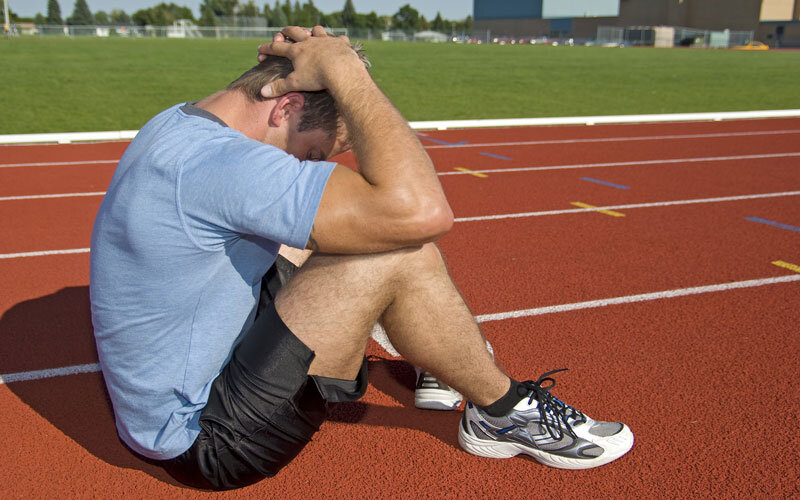
Death and Training and Racing
Last year was not a good one for me. I had the worst tri/du racing season I have ever had since I first started in the sport in 1983. As I recounted in my last two columns of last year (My Lost Season and A Season Recovered), I ended up doing just one of the half-dozen or so races that I had planned for that year.

A Season Recovered
My previous column in this series was entitled “My Lost Season (Almost?),” and in it I described my 2018 season going into September as a “totally lost season, for one reason or another.” I dealt with pre-race sickness twice, a cancelled race, water that was too rough for my seasick tendencies and a family illness preventing travel abroad. Would it end up being totally lost? Well, as I said:
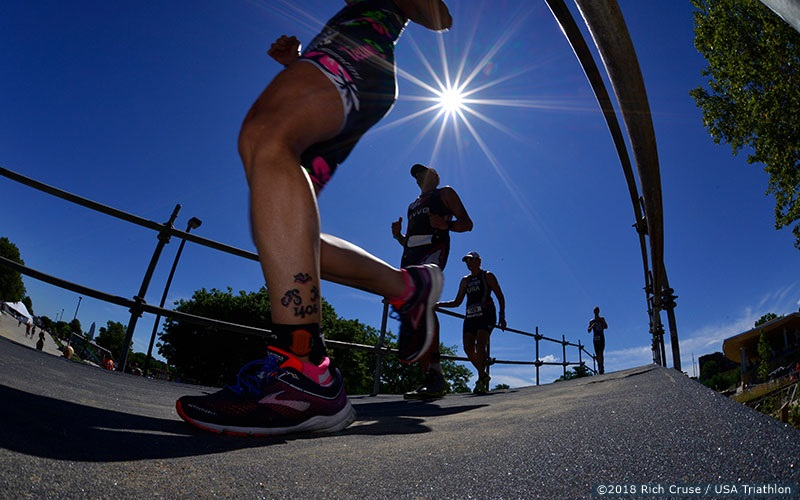
My Lost Season (Almost?)
I’m calling this one my “lost season” — actually my first one ever.
As some of you know, I have been racing triathlons and duathlons since 1983. My first triathlon was on Sept. 17, 1983, at Sag Harbor, N.Y. — the second running of the Mighty Hamptons Triathlon. Since then, by the end of my 35th season last year, I have done a total of 255 triathlons and duathlons.
The USA Triathlon Strategic Plan: How We Can Help
In May 2017, the USA Triathlon Board of Directors issued a Strategic Plan. A year since its original implementation, I decided to take a look at it — especially to see how we, as individual members, might be able to help in its execution.
As an organization, USA Triathlon’s mission is stated “To grow, inspire and support the triathlon community.” Indeed, the organization, the Board and the staff have a major role to play in realizing that mission, but each of us has a role to play as well. Of course, we support the organization with our dues, but also we can do USAT-sponsored races ourselves.
